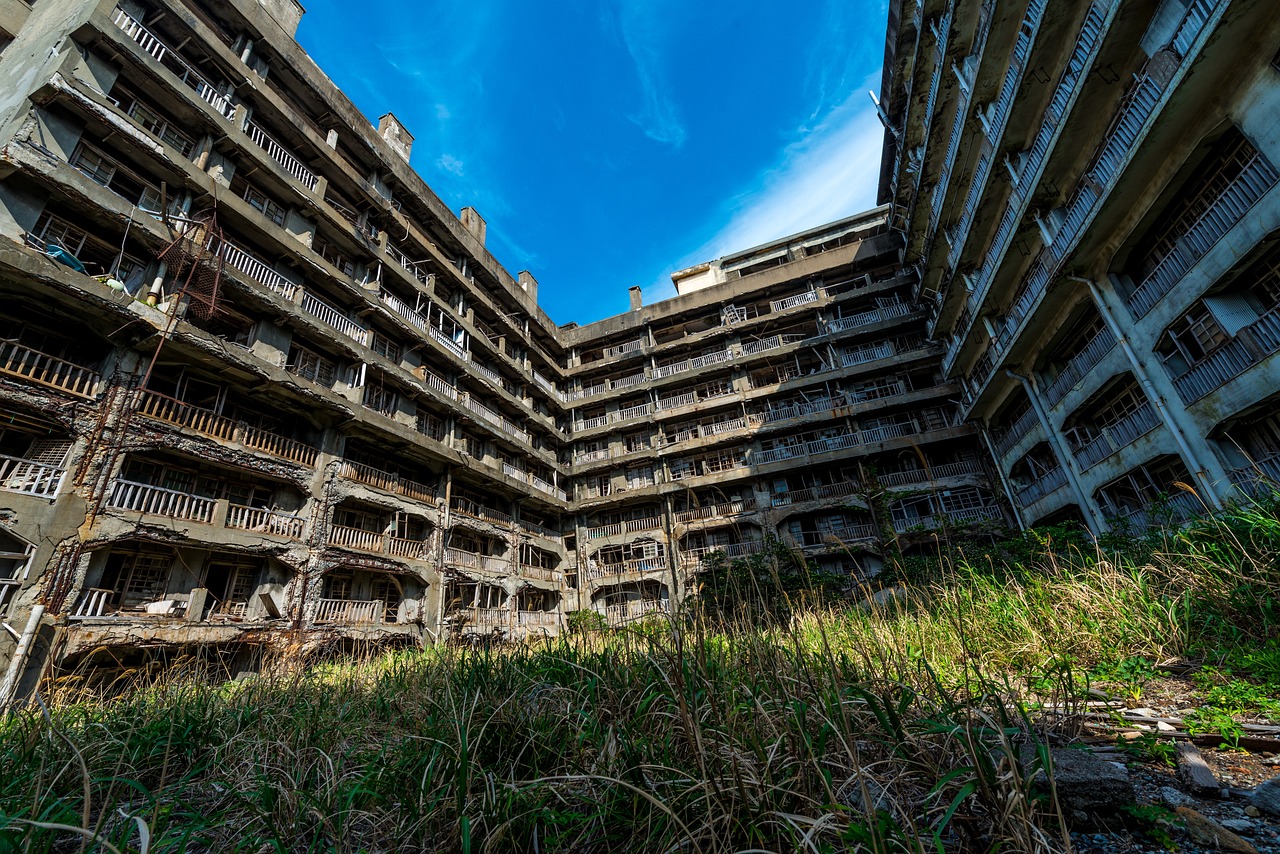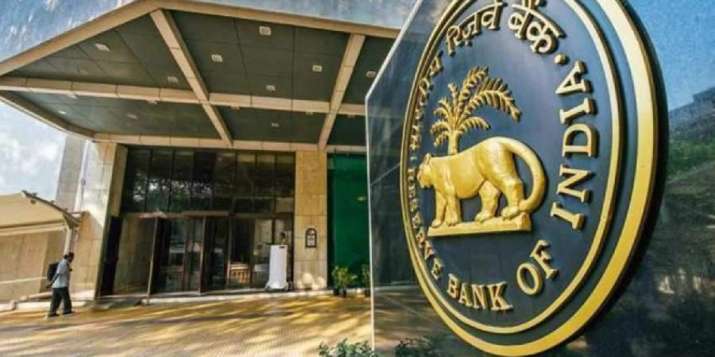Santiniketan Becomes India’s 41st World Heritage Site

Background:
- Historical Significance: In 1862, Rabindranath Tagore’s father, Debendranath Tagore, spotted this scenic landscape and decided to establish an ashram, building a house called Santiniketan, meaning “abode of peace”.
- Name Change: The area, originally called Bhubadanga, was renamed Santiniketan by Debendranath Tagore due to its conducive environment for meditation.
- Educational Legacy: In 1901, Rabindranath Tagore chose a significant portion of the land and established a school based on the Brahmacharya Ashram model. This school later evolved into Visva Bharati University.
Linkage:
- UNESCO World Heritage Site: The Ministry of Culture proposed Santiniketan for inclusion in the UNESCO World Heritage List, emphasising its importance in human values, architecture, arts, town planning, and landscape design.
- Archaeological Preservation: The Archaeological Survey of India (ASI) has been involved in the restoration of several structures in Santiniketan, preserving its historical and cultural heritage.
Current News:
- Recently, Santiniketan, which is a town located in the Birbhum district of West Bengal, was included in UNESCO’s World Heritage List.
- The efforts to have Santiniketan recognized as a UNESCO World Heritage Site have been ongoing since 2010. Santiniketan has been recognized by UNESCO as India’s 41st World Heritage Site.







